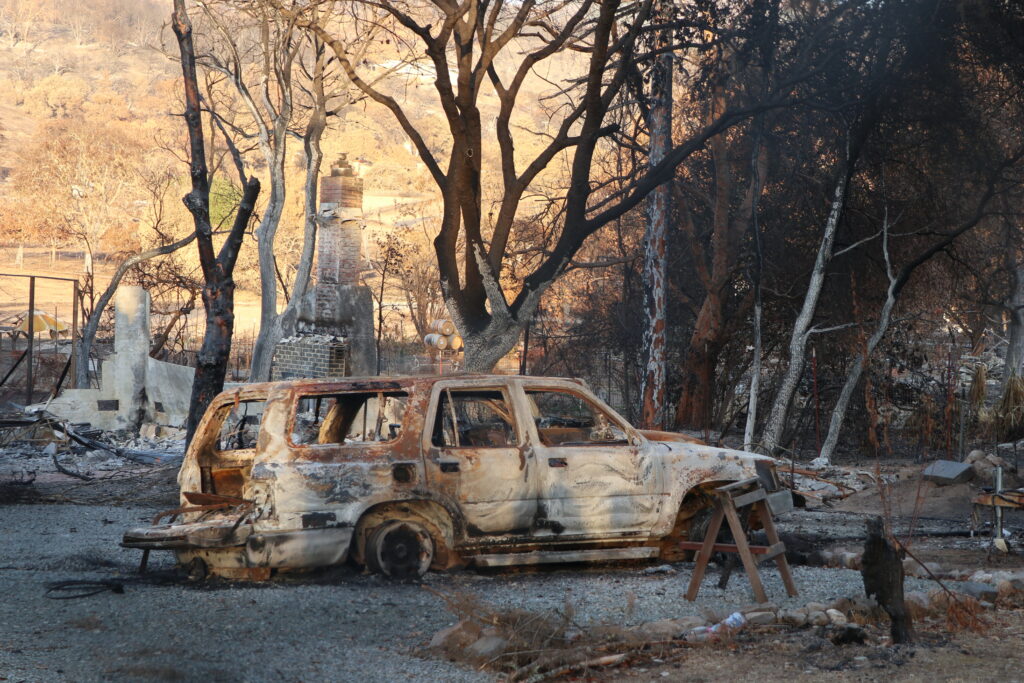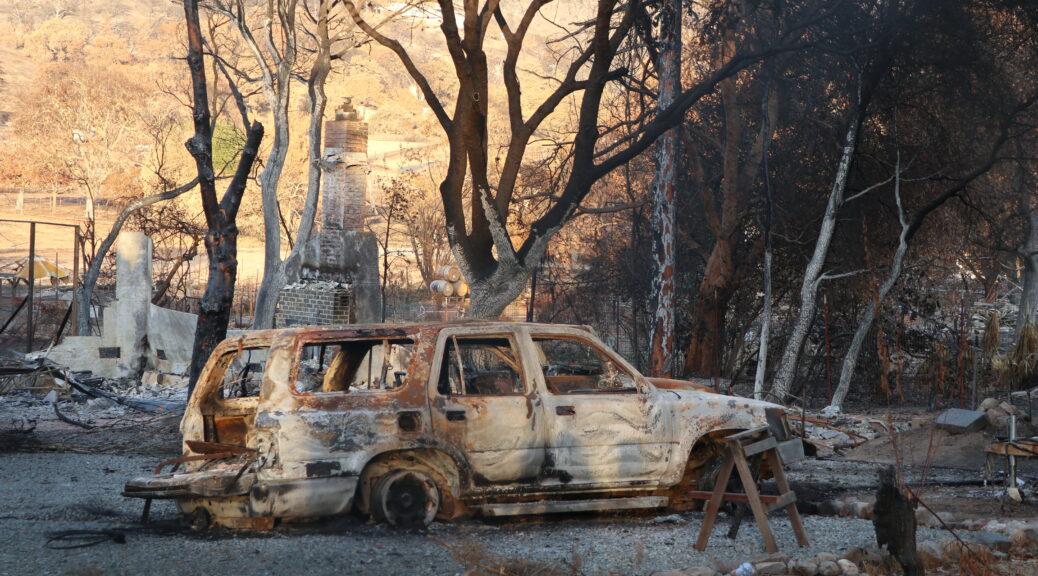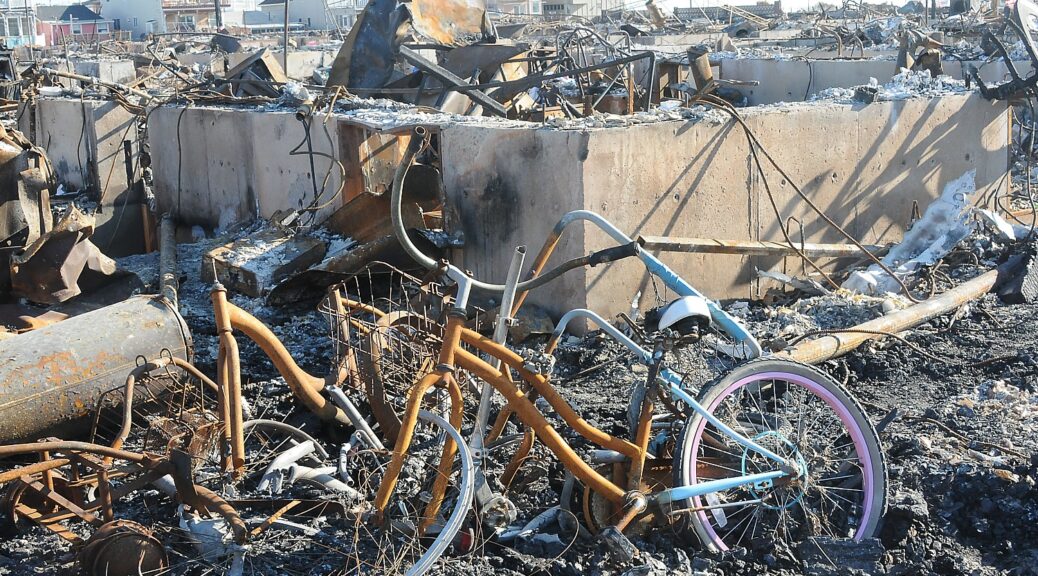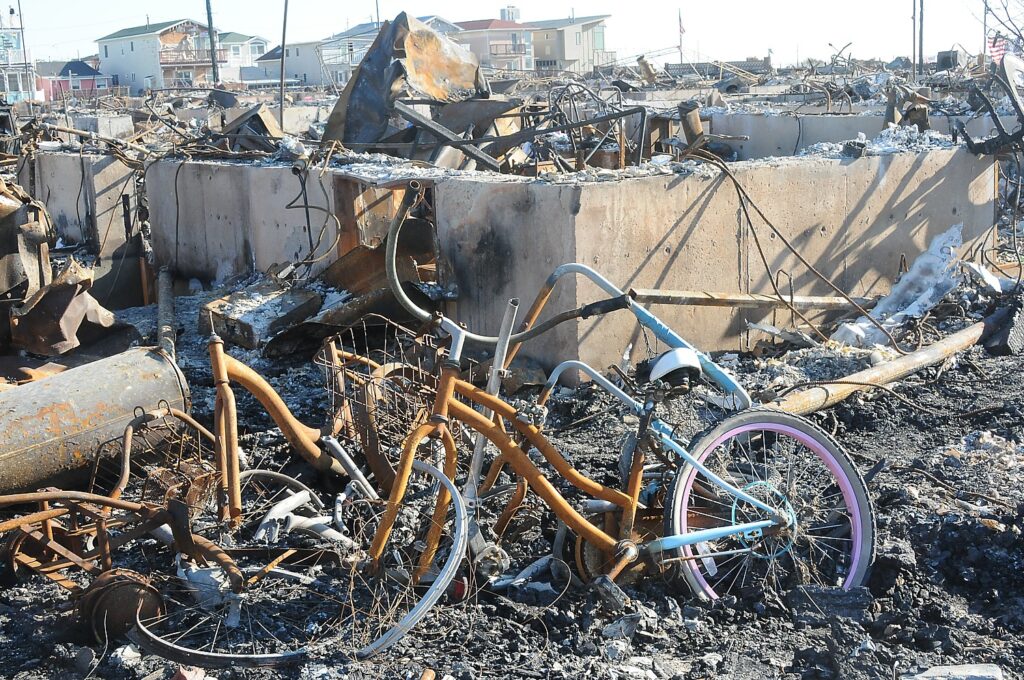
We know that the impacts of the climate crisis are here and that we must invest in building resilience to protect our communities, infrastructure, and economy. That is why Vice President Kamala Harris went to Miami, Florida to announce over $1 billion for 53 states, territories, and D.C., to improve their infrastructure and make communities more resilient, with an emphasis on increasing resilience to the impacts of climate change and extreme weather events. These awards, which will be distributed through the Federal Emergency Management Agency’s Building Resilient Infrastructure and Communities (BRIC) Program, are double the funding from last year’s historic $500 million. Next year, this funding will more than double to $2.3 billion, boosted by the Bipartisan Infrastructure Law.
The announcement is part of the Biden-Harris Administration’s broad efforts to strengthen our nation’s resilience and tackle the climate crisis. President Biden’s National Climate Task Force has launched interagency efforts to build resilience to climate impacts, including extreme heat, wildfires, drought, flooding, coastal threats, financial risks, and more. This builds on the historic investments President Biden and Vice President Harris secured in the Bipartisan Infrastructure Law for clean energy, wildfire mitigation, legacy pollution cleanup, ecosystem restoration, and resilient infrastructure. These investments create jobs building a clean energy economy that’s resilient to climate change and revitalizing our domestic manufacturing base.
The President and Vice President’s key actions include:
- Providing historic investments for climate resilient infrastructure projects: Through the Bipartisan Infrastructure Law, President Biden secured $50 billion in resilience investments, the most in American history, to protect communities against extreme weather. For example, the Department of Transportation recently announced $7.3 billion in formula funding through the PROTECT program, which will help states and communities make transportation infrastructure more resilient by focusing on resilience planning, making resilience improvements to existing transportation assets and evacuation routes, and addressing at-risk highway infrastructure.
- Combating growing wildfire threats: Agencies are undertaking various actions, such as the joint planning and coordination of historic investments in conservation programs and natural resource infrastructure projects across the West, including the new Community Wildfire Defense Grant Program, funded by the Bipartisan Infrastructure Law. These investments improve wildfire response and reduce the overall loss of infrastructure and critical resources, while prioritizing assistance to underserved communities. This summer, as directed by the Bipartisan Infrastructure Law, the Wildland Fire Mitigation and Management Commission was established, gathering Federal and non-Federal members to formulate and deliver policy recommendations to Congress for wildland fire prevention, mitigation, suppression, and management.
- Protecting communities and workers from extreme heat: The Biden-Harris Administration is taking a wide range of actions to respond to intensifying heat waves and reduce associated health risks, especially for vulnerable groups and underserved communities. These efforts include using the Low Income Home Energy Assistance Program (LIHEAP) to reduce cooling costs and deliver air conditioners and electric heat pumps to homes, developing nationwide standards and enforcement programs to protect workers on the job, launching Heat.gov as a one-stop hub for accessible information and response tools, and supporting community-led urban heat island mapping, outreach and communication strategies, innovative cooling technologies, urban tree and greening projects, and more.
- Strengthening drought resilience: In June, Vice President Harris highlighted the Drought Resilience Interagency Working Group First Year Summary Report, which details the efforts accomplished and underway to assist drought-stricken communities and build their resilience to worsening conditions. A new Federal-state task force was launched in partnership with Western governors to coordinate conservation programs. Many agencies – in collaboration with states, Tribes, and local governments, as well as non-governmental organizations – are utilizing Bipartisan Infrastructure Law funding to support projects that improve our Nation’s water infrastructure, rehabilitate watersheds, promote water reuse, and enhance soil and drought monitoring systems.
- Reducing flood risk for households and communities: President Biden re-established the Federal Flood Risk Management Standard that will reduce flood risk and protect infrastructure investments. The White House is coordinating Federal efforts on flood resilience and ensuring that federal investments include safety standards for flooding and sea-level rise. Agencies are already taking action by implementing guidance to ensure communities are protected from floods. In addition, FEMA launched an updated website for purchasers to evaluate property-level flood risk and released a report highlighting best-practices for states requiring flood risk disclosures during real estate transactions.
- Protecting coastal communities from storms, sea-level rise, and other climate impacts: The Biden-Harris Administration announced $3 billion in Bipartisan Infrastructure Law funds to strengthen coastal resilience, improve climate data and services, and more. As directed in President Biden’s Earth Day Executive Order, the Administration is exploring greater deployment of nature-based solutions to address coastal and other climate impacts. Through the Coastal Resilience Interagency Working Group, agencies have developed a resource guide to help communities build climate resilience along coastlines with nature-based solutions—streamlining access to more than 100 information resources and 48 federal programs.
- Supporting disadvantaged communities: Through the White House Environmental Justice Advisory Council (WHEJAC), the White House formed a new WHEJAC Climate Resilience Working Group to advise on how to promote and execute equitable climate change resilience and disaster management. The White House continues to coordinate with agencies to implement the President’s Justice40 Program, ensuring that 40% of program benefits reach disadvantaged communities. This includes benefits offered through the FEMA BRIC program.
- Prioritizing assistance to Tribal communities: Tribal communities and lands face particular risks to climate effects. The Bipartisan Infrastructure Law invests $216 million in funding to establish a new Tribal transition and relocation assistance program under DOI, which supports the voluntary, community-led transition for Tribal communities severely threatened by climate change and accelerating coastal hazards. The White House launched a new Community-Driven Relocation Subcommittee, which will convene agencies to explore key considerations, issues, and strategies for working in partnership with communities to support voluntary movement away from high-risk regions.
- Addressing climate risks to the economy: The Biden-Harris Administration launched the first comprehensive, government-wide strategy to measure, disclose, manage, and mitigate the systemic risks that climate change poses to American families, businesses, and economy. Climate change has cost Americans an additional $600 billion in physical and economic damages over the past five years alone. To respond, Federal agencies are taking action to protect the hard-earned life savings of workers and homeowners while protecting the broader financial system and the Federal Government’s fiscal health against climate-related financial risk.
- Leading by example across the Federal Government: The White House worked with Federal agencies to develop more than 20 climate adaptation and resilience plans to enhance climate readiness across their facilities and operations. This will reduce costs and damages caused by extreme weather, minimize disruptions to Federal programs and services, and protect workers and communities. Last week, USDA announced a strategy to address a reforestation backlog of four million acres on national forests and plant more than one billion trees over the next decade as part of its climate adaptation plan. Agencies are implementing the actions identified in their climate adaptation and resilience plans and will provide annual progress updates.



